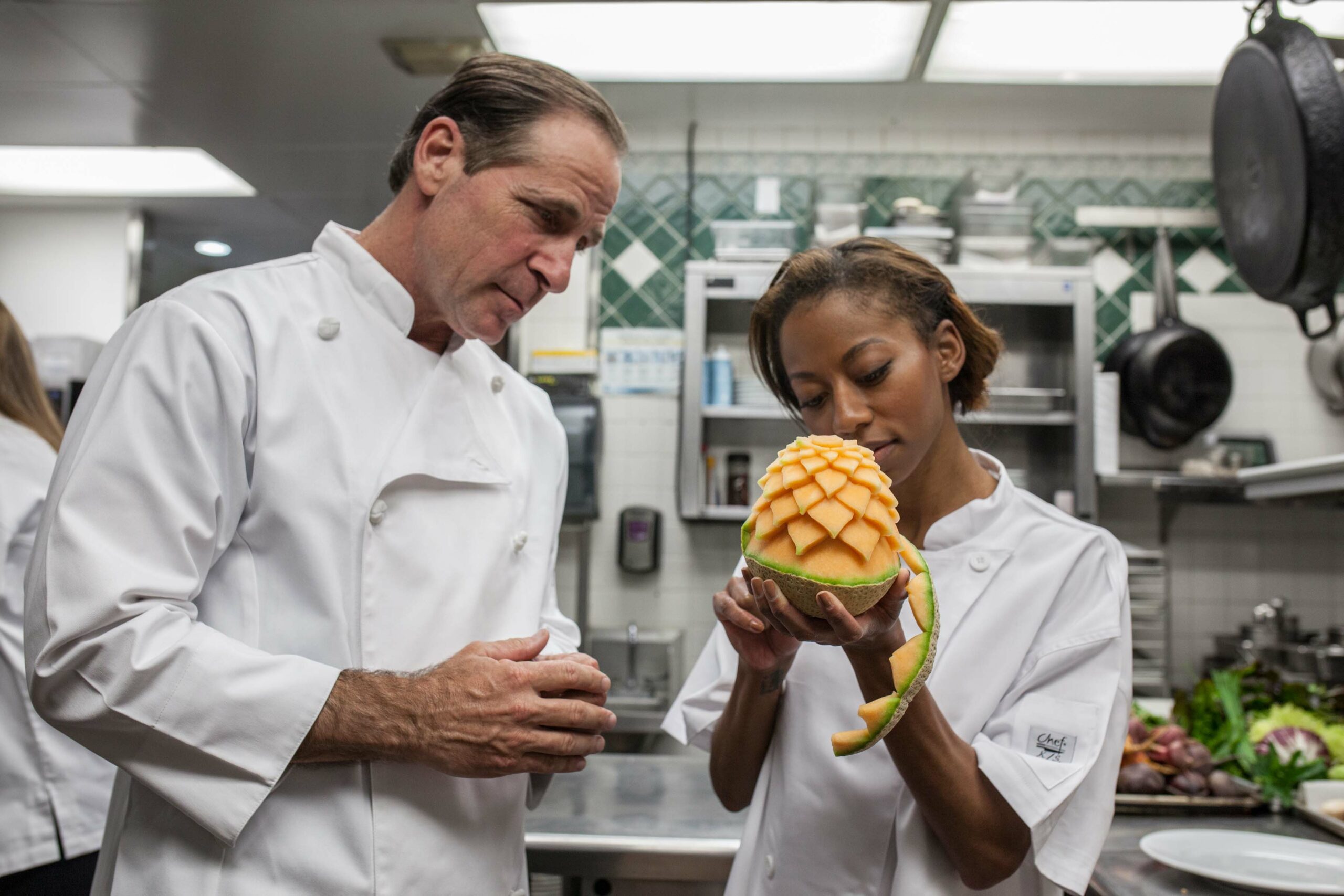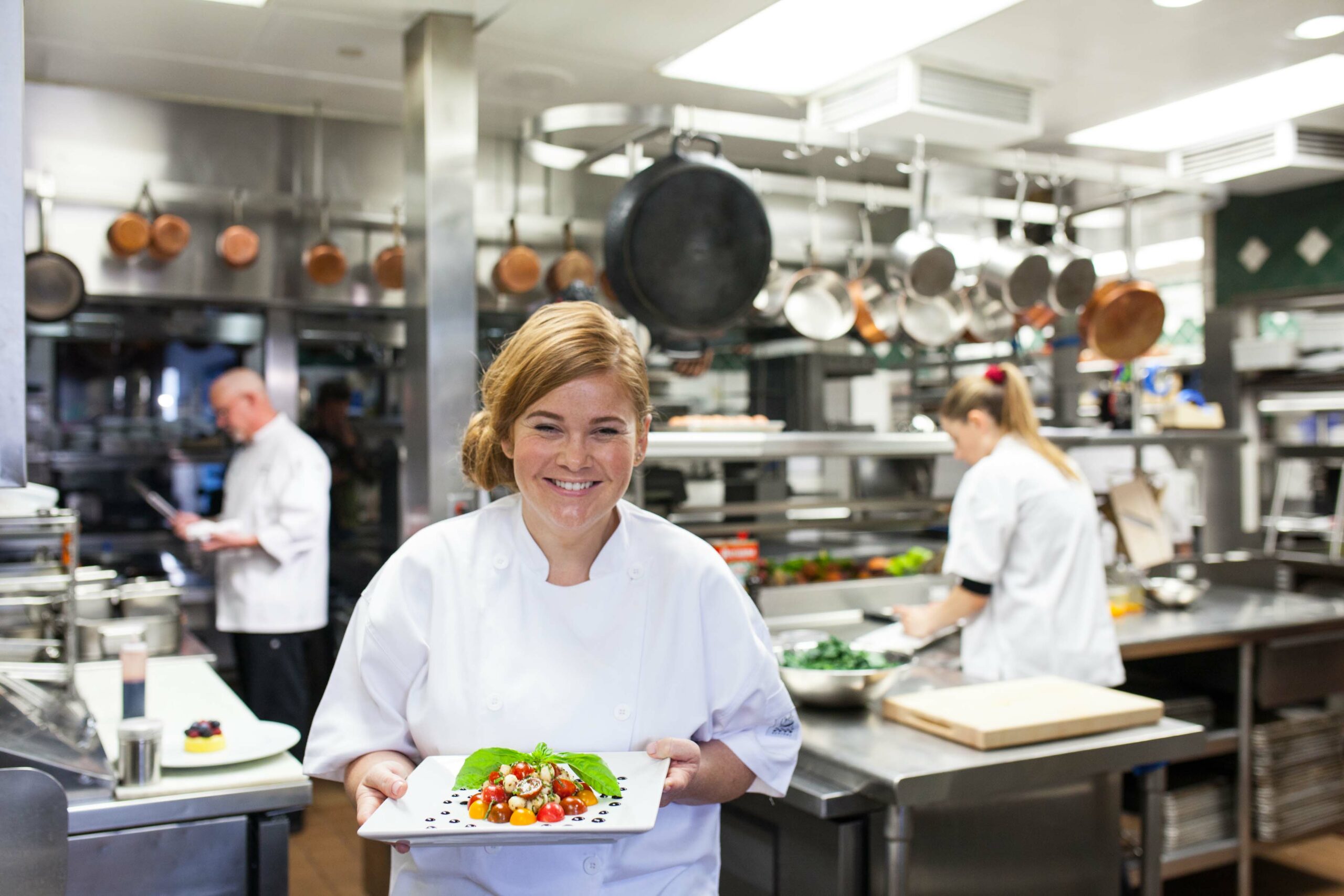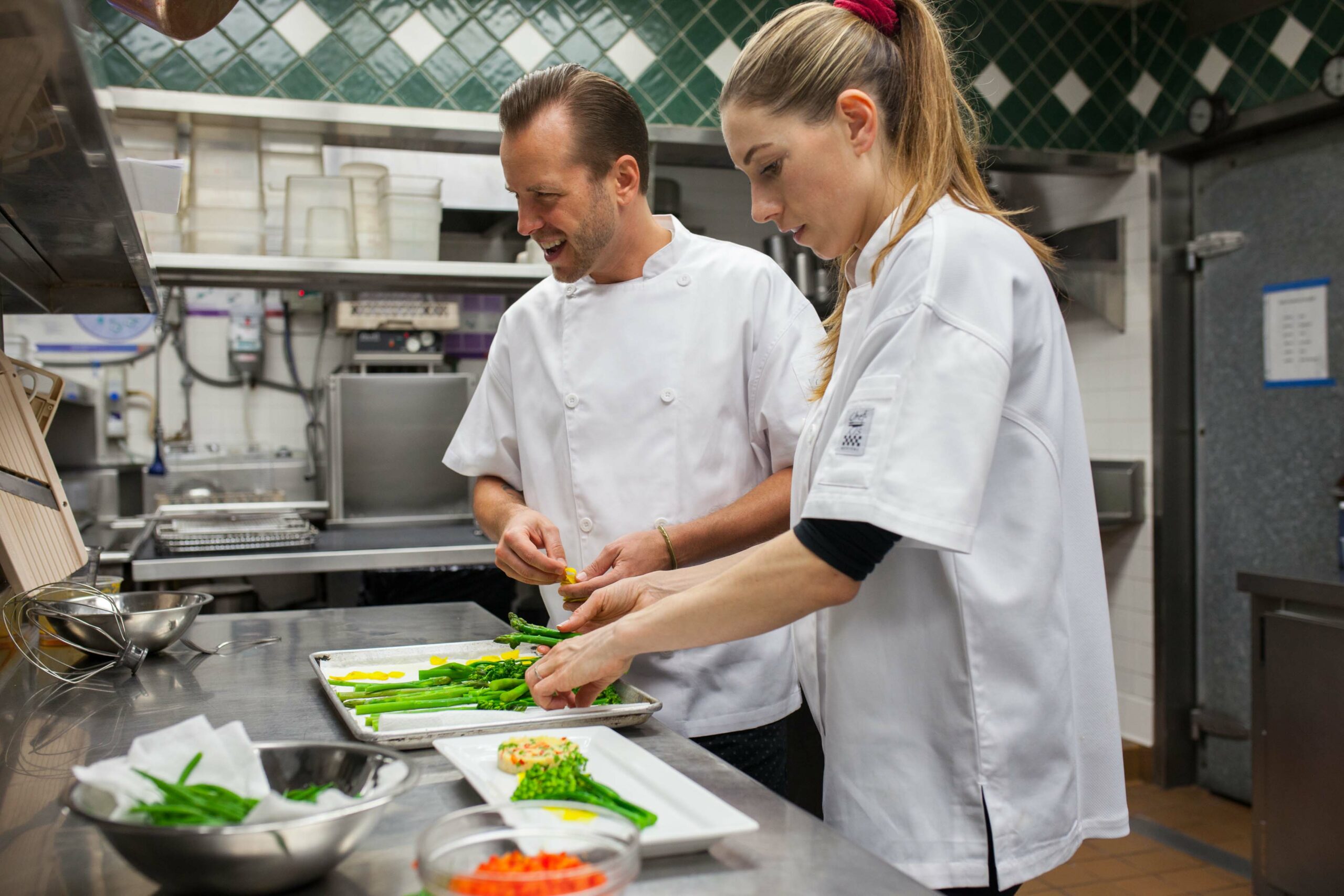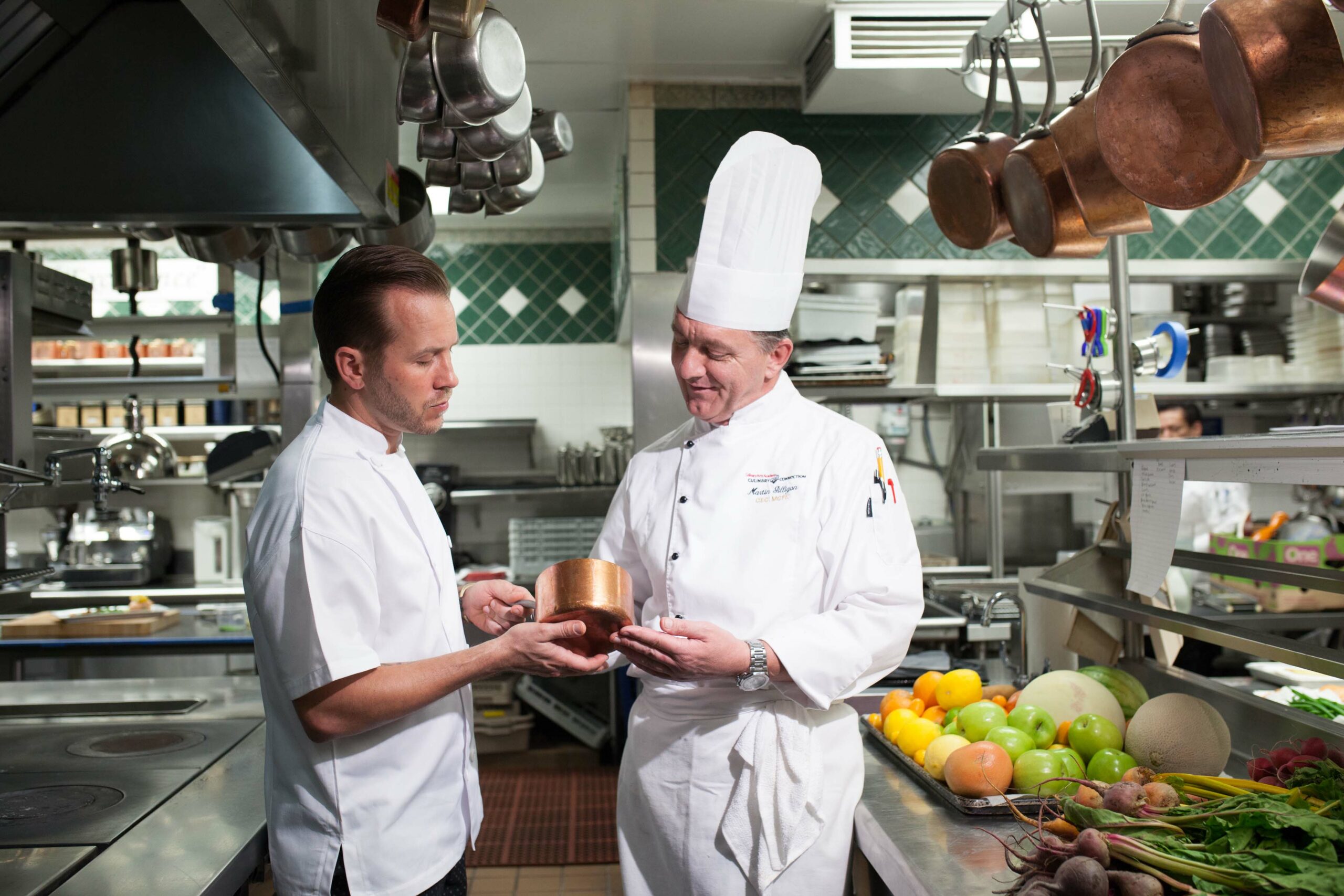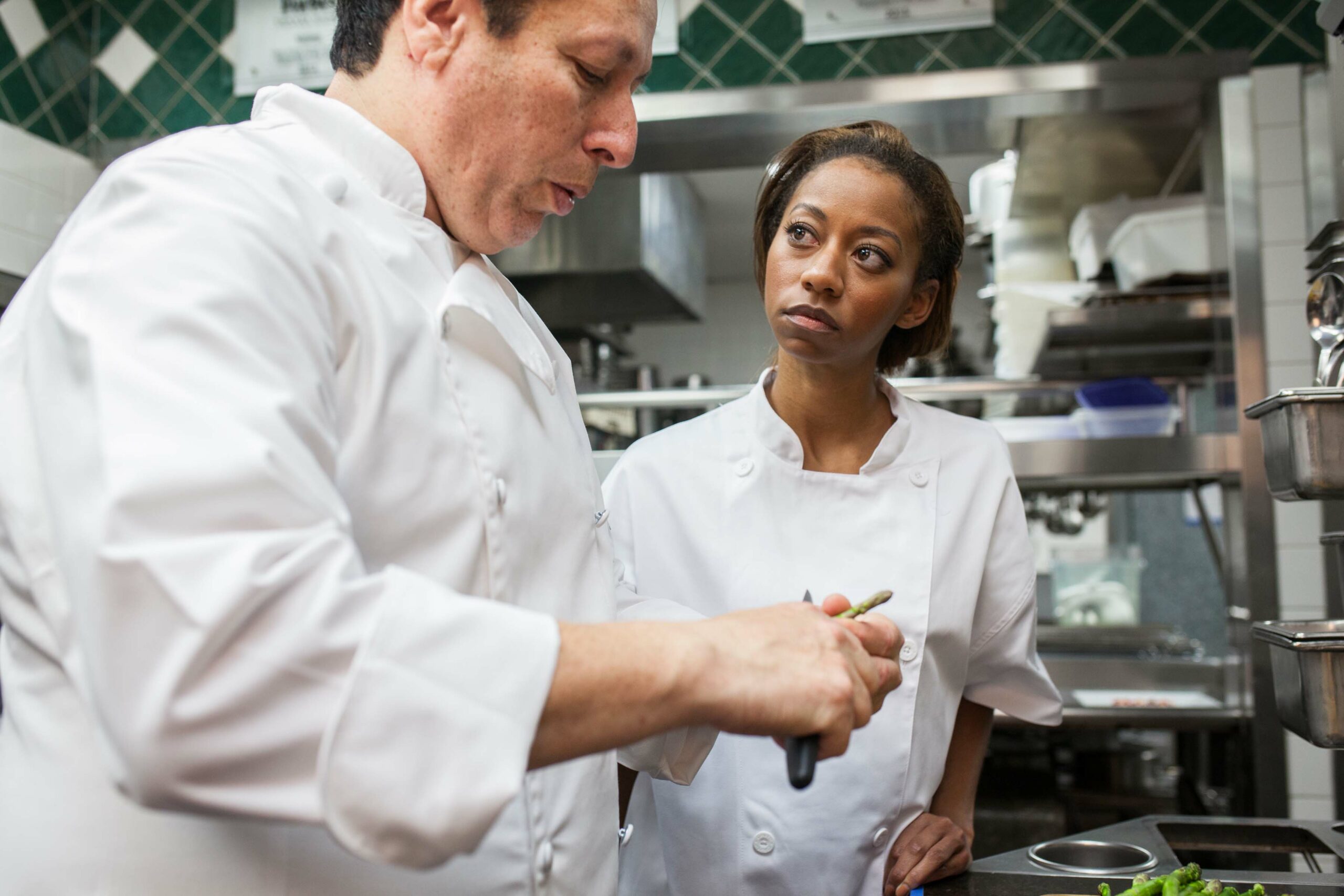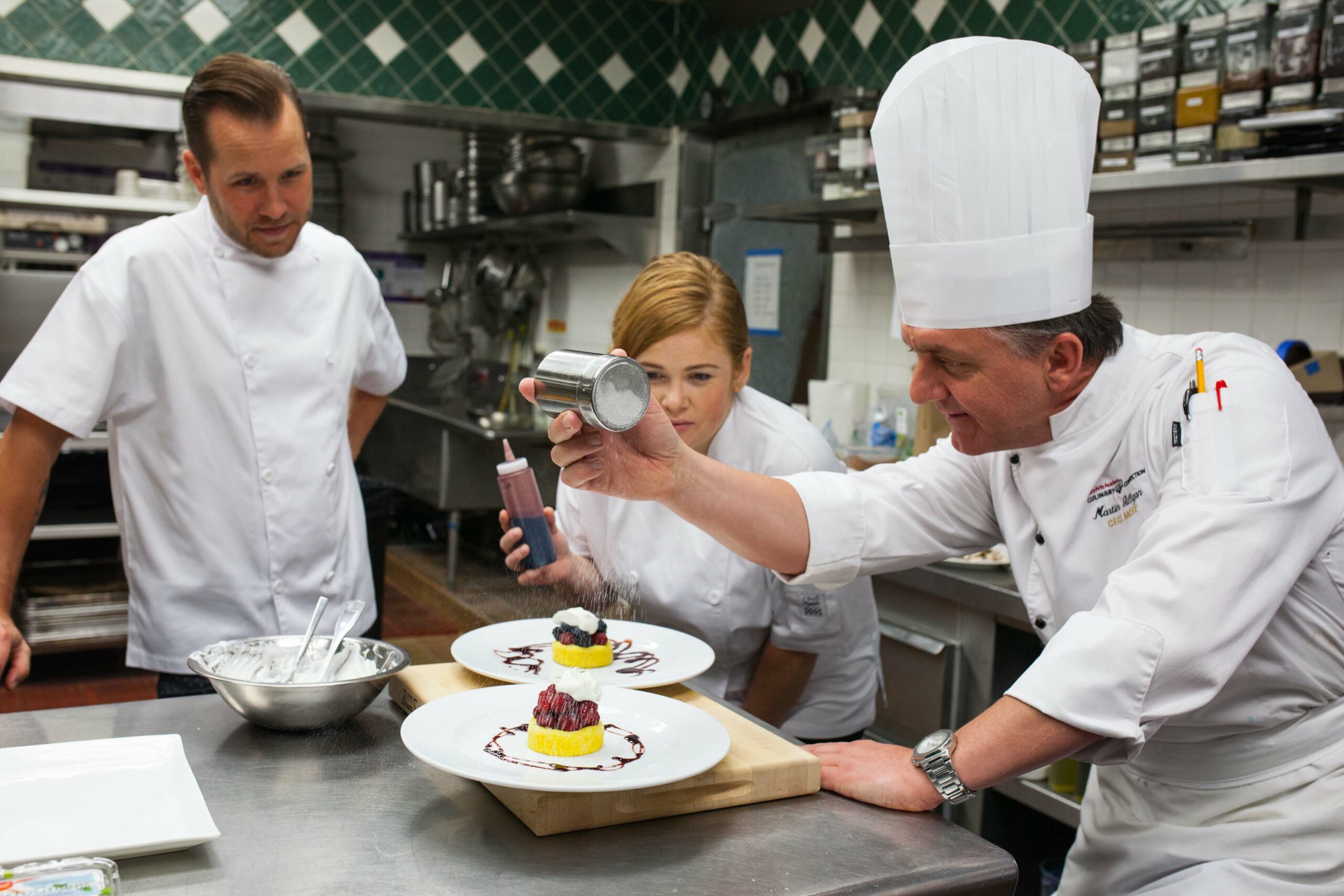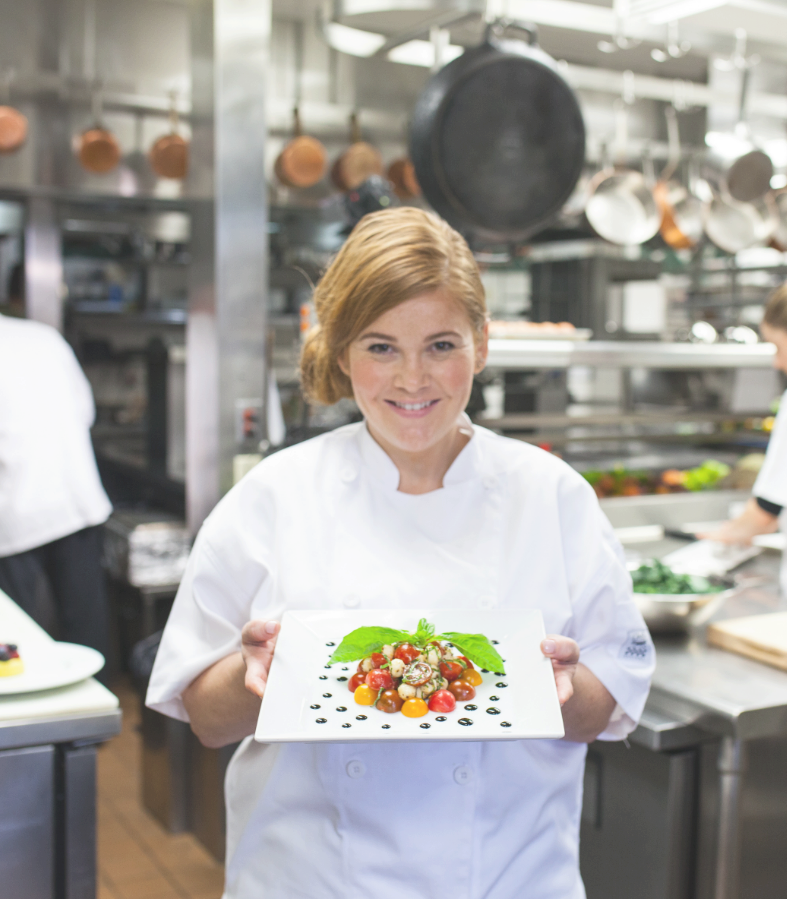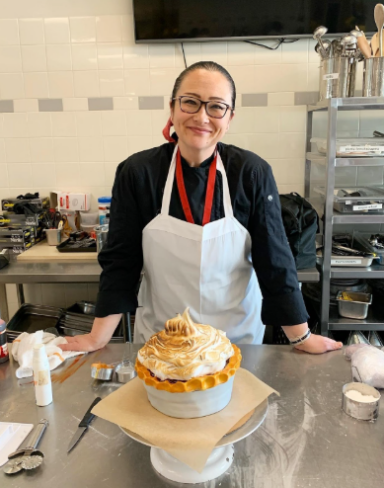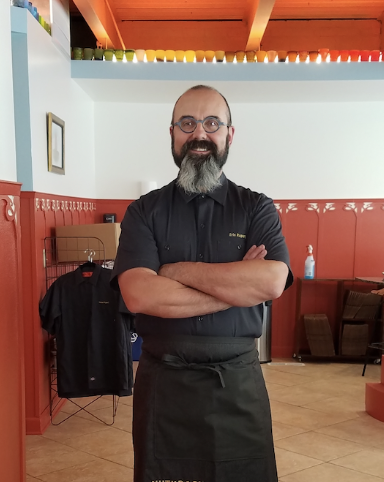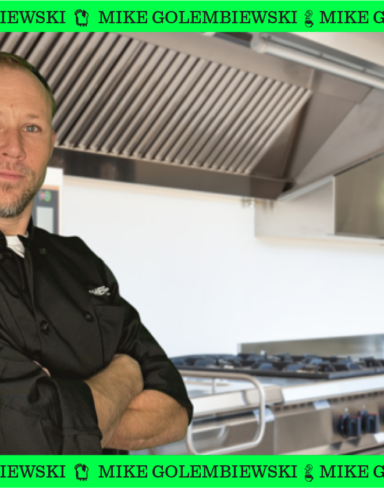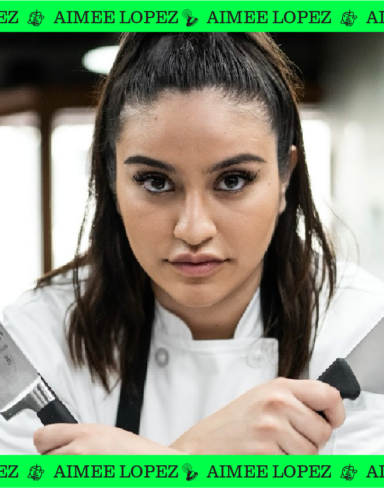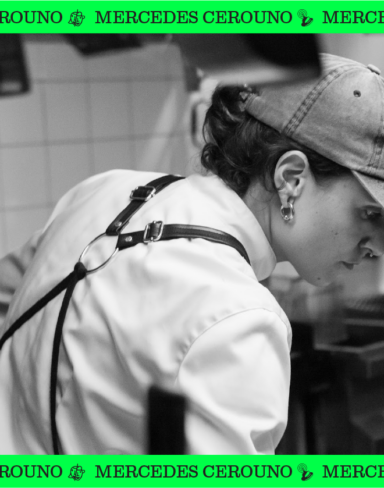Why learn in an overpriced culinary school when you can learn in an actual professional kitchen as an extern?
Being a gourmet chef is about so much more than following a recipe. For you, food is a creative endeavor in which, ultimately, the only rule is there are no rules. Tastes, aromas, and presentations all come together to grab the senses and give others an experience they’ll never forget.
The CASA Gourmet Chef Program is designed to place you in a completely immersive environment where you’ll learn side-by-side with a pro chef in his or her restaurant.
BROWSE COURSE PLAN
Learn key kitchen positions, understand the Brigade System, and define core culinary principles.
Learn the three main menu types, understand “standardized recipes,” and measure ingredients.
Identify/describe a variety of knives and other tools and their uses as well as types of refrigeration.
Learn the five Mother Sauces, prepare stocks, and identify soup ingredients. Critique menus from existing restaurants.
Identify frying techniques for different foods and understand the differences between roasting, baking, and sauteing.
Name and define fresh herbs and standard vegetable cuts and understand their importance.
Define several techniques for cooking vegetables, as well as seasoning and flavoring combinations.
Learn the FIFO principle when working with dry goods and identifying different dry pastas.
Learn the three basic kinds of potatoes, how water and starch content affects each during cooking, and choose the best for baking.
Understand how the USDA grades their beef and how technologies have improved the overall quality of the product.
Learn how new innovations have helped the poultry business and how to properly prepare chicken for a meal.
Understand how alternatives are required for those with dietary restrictions and how to prepare those alternate foods for diners.
Identify flatfish, round fish, and shellfish. Prepare an entree and appetizer containing fish.
Identify differences between dried and fresh pasta. Describe ten different kinds of pasta, and how eggs affect pasta overall.
Learn general guidelines for purchasing and storage, how to identify different omelets, and in-shell cooking.
Learn Garde Manger operation, how to tell the difference between the four kinds of forcemeat, and preparation.
Identify and prepare elements of a sandwich. Discuss different cultures and their sandwich-style foods.
Learn the basic differences and similarities between appetizers and hors-d’oeuvres and how functional garnishes complement the flavor.
Gain an understanding of basic food safety principles, as measured by the ServSafe Food Handler assessment.
Put everything you’ve learned during previous courses to work. Identify workstations, prepare dishes, and evaluate a busy lunch or dinner at an externship restaurant.
